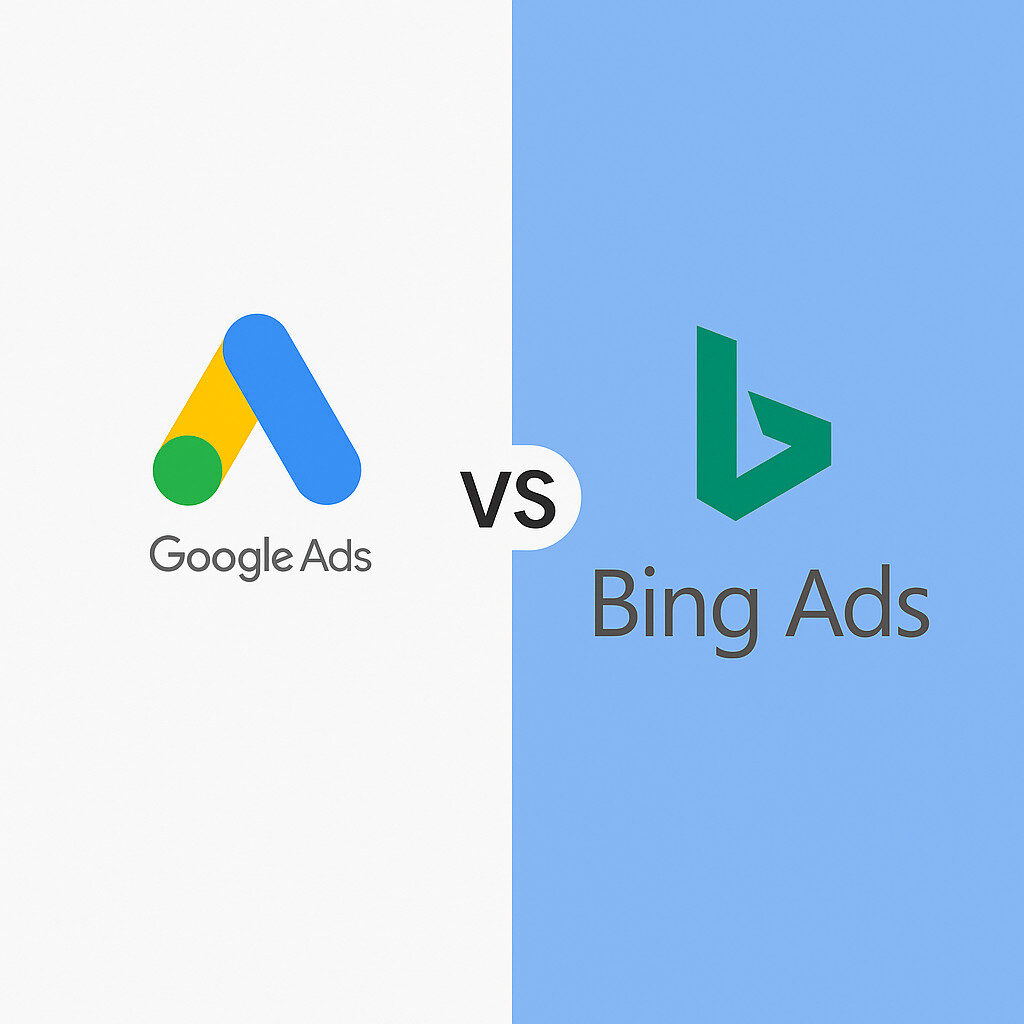magine this rather ridiculous scenario for a shopper purchasing an Apple Watch. Let’s call her Sarah.
One day, Sarah’s browsing her favorite website and sees an ad for a watch. An “Apple Watch.”
She’s never heard of this “Apple” brand and has never seen such an offensive-looking watch in her life. She’s so curious that she clicks the ad.
She lands on a page that goes on to explain the concept of a smart watch, something she’s never heard of, and why she should buy this smart watch in particular. She’s convinced. She adds the watch to her shopping cart and makes the purchase.
The entire process, from the moment she first learns about this thing called a smart watch to the moment she clicks the “submit order” button on the website, takes 10 minutes.
Except it didn’t happen that way. No purchase decision ever happens that way.
In reality Sarah’s seen hundreds, perhaps thousands, of Apple ads. She probably owns a few Apple products. She’s watched Apple keynotes, talked to friends about their Apple products, demoed Apple products in the store and seen the watch alongside them. She’s been to that very same Apple Watch landing page two or three times before. She owned four different generations of iPod, she’s had three iPhones, and her laptop’s a MacBook Pro.
She’s literally had thousands of touch points with the Apple brand and dozens with the Apple Watch in particular.
She’d been casually reading articles, noticing ads, and researching smart watches for a solid year before she finally pulled the trigger on the Apple Watch.
Which one of those interactions was the one that mattered? Which one influenced her to finally pull the trigger? Most likely all of them.
But most digital advertising and and analytics platforms use a “last click attribution” model, which means that no matter how long and complicated the purchase journey is or how many touch points there are, that last ad Sarah saw right before she purchased the watch will get 100% of the credit for the sale.
Think about that: Last-click attribution means that very last ad Sarah saw and clicked, an ad that we could probably guess was actually the least important piece of Sarah’s purchase journey, gets 100% of the credit for that sale.
And if Apple wasn’t paying attention it would mean they’d put more money into digital ads like those Sarah clicked on. Because, well, obviously they’re driving sales.
But this can leave you stuck in a direct response only advertising strategy, only willing to spend on advertising if you’re able to tie it directly to a conversion.
That severely limits growth potential because it limits your advertising efforts to those that are directly measurable and often results in organizations focusing exclusively on direct response tactics, which can actually lead to poorer results over time.
Some organizations do fine with direct response only, but most will either severely limit their results.
So what’s the solution?
The first step is just to remember that few purchase paths only have one touchpoint and they’re almost never a straight line. Be aware that what you’re measuring with last click is only a snapshot of the last action your customer took before converting. It’s rare for that to be the only interaction they have with your brand. As illustrated in this Apple Watch example, it’s also rare that it’s even the most important interaction they have with your brand.
Second, don’t get stuck in a direct response only strategy. It will limit your growth, it can lead to increased price sensitivity, and for some organizations it won’t work at all. Measuring conversions by last click is a great starting point, but if you don’t account for the impact of all the other touch points with your brand, you’ll severely limit your results.
Test brand building tactics and more brand-oriented channels like video, audio, display, TV, etc, and figure out ways to measure or infer the impact. It is possible, if only qualitatively.



